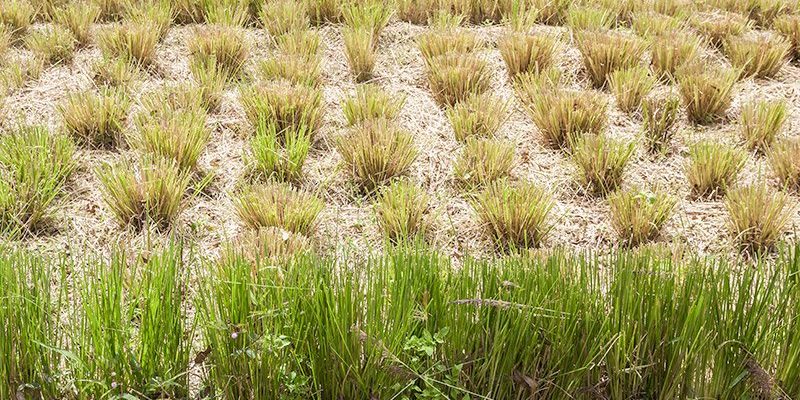Phytotreatment processes, inspired by wet meadows and riparian areas, are based on water flowing through plants and / or soil of a dedicated facility. Water treatment results from stem filtration and plant-soil-microorganism interactions at root level and must be completed before infiltration into the subsoil.
We can apply phytotreatment in combination with our other ecotechnologies, often as the last step, or as a buffer zone. We combine Plants selection and soil properties to determine the acceptable load of water to be treated.
During its treatment, water can be valorised via the irrigation of energy crops or for biomass production, possibly as short rotation coppice. In that case, additional benefits compared to constructed wetlands are resources saving and contribution to renewable energies.
In the case of runoff water, buffer zones planted with grass or woody species can also be designed for the removal of suspended matter or the treatment of pollutants.
Alternatively, we propose evapotranspiration beds, allowing, depending on the available surface and the climate, partial or zero discharge. They work by spreading the water flow over a planted bed with a sealed bottom, the plants being selected for their heavy water consumption and resistance.
Bioretention areas are landscaped depressions providing temporary storage, filtration, phytoremediation and possibly improved infiltration of rainwater. Rain gardens are domestic variations of bioretention areas.








